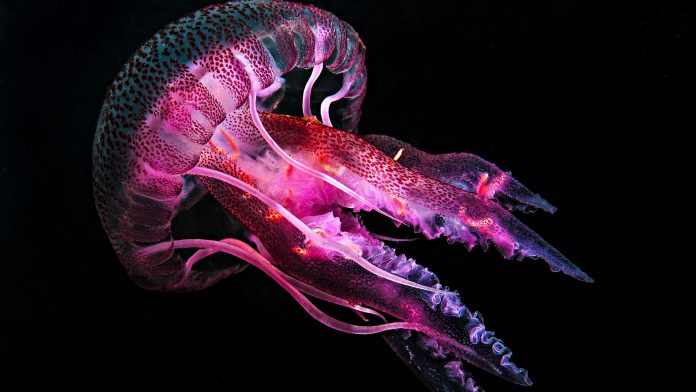Spanish researchers have developed a new underwater robot to conduct in-depth analyses of deep-sea species, this data will help scientists understand the toll that human exploitation has on deep-sea demersal populations.
A new study, published in Science Robotics, shows that the combined use of fixed acoustic reception stations and underwater robots for the study of deep-sea species allows for a better understanding of their ecology. These technological advances could improve the recovery of deep-sea demersal populations.
In the study carried out by researchers from the Institut de Ciències del Mar (ICM-CSIC), the Universitat Politècnica de Catalunya (UPC), and the Universitat de Girona (UdG), the authors claim that underwater robots act as the perfect complement to fixed stations since they have great flexibility, can move fast and are able to cover much larger study areas.
This improvement allows biological and ecological information on the activity patterns of benthic marine organisms to be collected. This should in turn allow the recovery actions of their populations, many of which are suffering as a result of human exploitation, to be improved.
Testing this technology on fishing grounds
Joan Navarro and Joan Baptista, researchers at the ICM-CSIC and leaders of the RESNEP project, the framework for part of the experimental work done to carry out the study, said: “Through the installation of acoustic sensors on 33 Norway lobsters and the use of a network of robotic instruments, we have been able to see, for the first time, the species’ patterns of movement at a depth of 400 metres.”
The experimental work includes three oceanographic campaigns that took place from 2019 to 2020 in a pilot area of a fishing reserve in one of the main prawn fishing grounds in Spain. The team carried out technological validation tests beforehand at the Obsea underwater observatory, which is operated by the UPC and located four kilometres from the port of Vilanova i la Geltrú and 20 metres deep.
Ivan Masmitja, first author of the study and a postdoctoral researcher at the UPC, explained: “This has allowed us to carry out an exhaustive analysis of the methods for positioning acoustic labels and synchronising the different receivers, which are essential for a correct geolocation of marked individuals.”





